Which is the most stable conformation of 3,4-dimethylihexane?

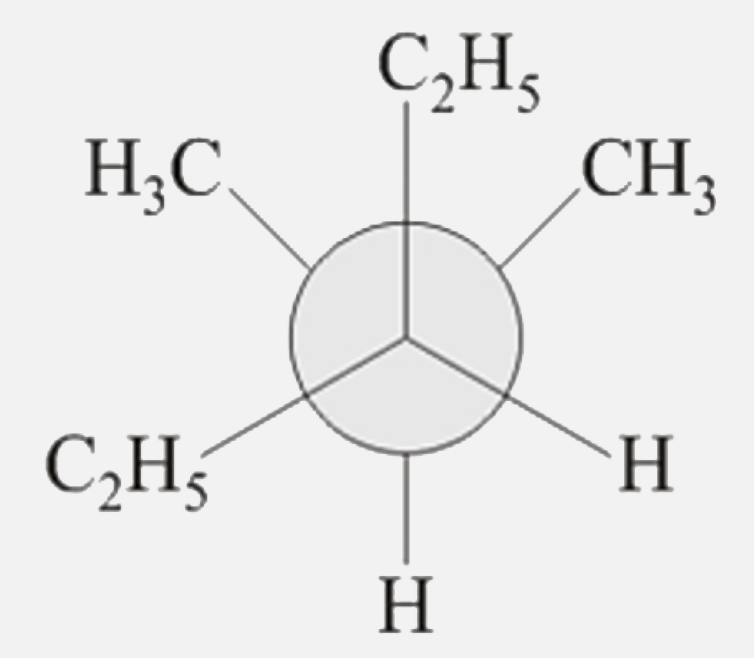
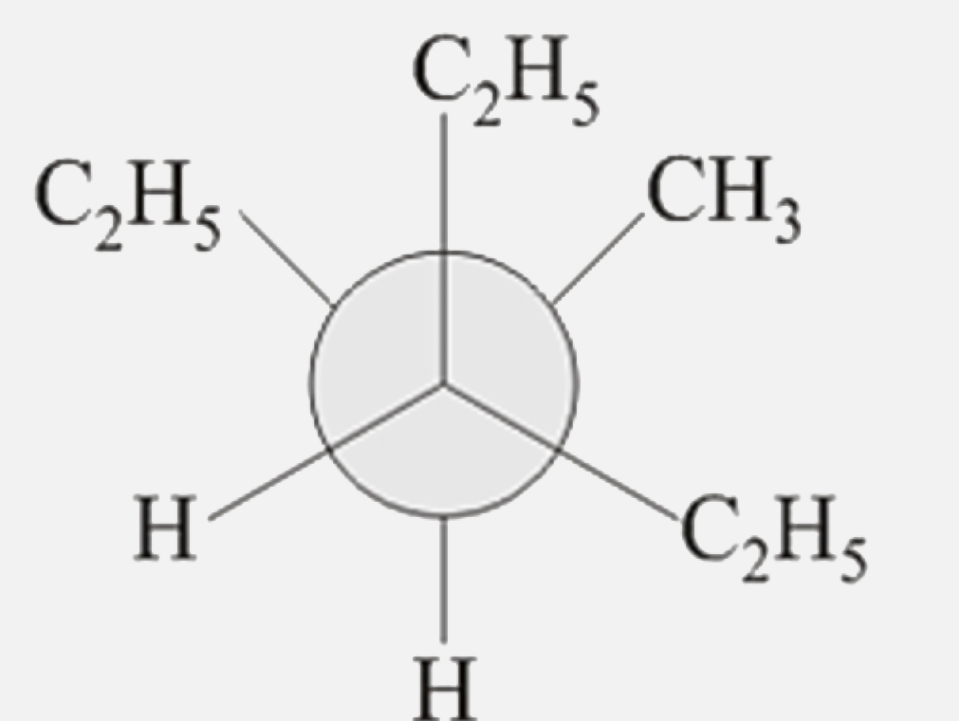

The correct Answer is:D
To determine the most stable conformation of 3,4-dimethylhexane, we need to analyze the steric interactions between the substituents on the carbon chain. Here’s a step-by-step solution:
Step 1: Understand the Structure of 3,4-Dimethylhexane
3,4-dimethylhexane consists of a hexane backbone (6 carbon atoms) with two methyl groups (-CH3) attached to the 3rd and 4th carbon atoms. The structure can be represented as follows:
CH3|CH3−CH2−C−CH−CH2−CH3|CH3
Step 2: Identify Possible Conformations
When considering the conformations of alkanes, we typically look at staggered and eclipsed conformations. In staggered conformations, the substituents are positioned as far apart as possible, while in eclipsed conformations, they are aligned with each other, leading to increased steric hindrance.
Step 3: Analyze Steric Hindrance
In 3,4-dimethylhexane, the two bulky methyl groups can create steric hindrance if they are positioned too close to each other. The most stable conformation will minimize this steric repulsion.
Step 4: Determine the Most Stable Conformation
The most stable conformation occurs when the bulky groups (the two methyl groups) are positioned opposite each other, which is referred to as the anti conformation. In this arrangement, the dihedral angle between the bulky groups is maximized, reducing steric hindrance and repulsion.
Step 5: Conclusion
Thus, the most stable conformation of 3,4-dimethylhexane is the one where the bulky groups (the methyl groups) are in the anti position, which minimizes steric repulsion.
Final Answer
The most stable conformation of 3,4-dimethylhexane is the anti conformation where the bulky groups are positioned opposite each other.
---
3,4-dimethylhexane consists of a hexane backbone (6 carbon atoms) with two methyl groups (-CH3) attached to the 3rd and 4th carbon atoms. The structure can be represented as follows:
When considering the conformations of alkanes, we typically look at staggered and eclipsed conformations. In staggered conformations, the substituents are positioned as far apart as possible, while in eclipsed conformations, they are aligned with each other, leading to increased steric hindrance.
In 3,4-dimethylhexane, the two bulky methyl groups can create steric hindrance if they are positioned too close to each other. The most stable conformation will minimize this steric repulsion.
The most stable conformation occurs when the bulky groups (the two methyl groups) are positioned opposite each other, which is referred to as the anti conformation. In this arrangement, the dihedral angle between the bulky groups is maximized, reducing steric hindrance and repulsion.
Thus, the most stable conformation of 3,4-dimethylhexane is the one where the bulky groups (the methyl groups) are in the anti position, which minimizes steric repulsion.
The most stable conformation of 3,4-dimethylhexane is the anti conformation where the bulky groups are positioned opposite each other.
Topper's Solved these Questions
Similar Questions
Knowledge Check
Which is the most stable carbocation ?
A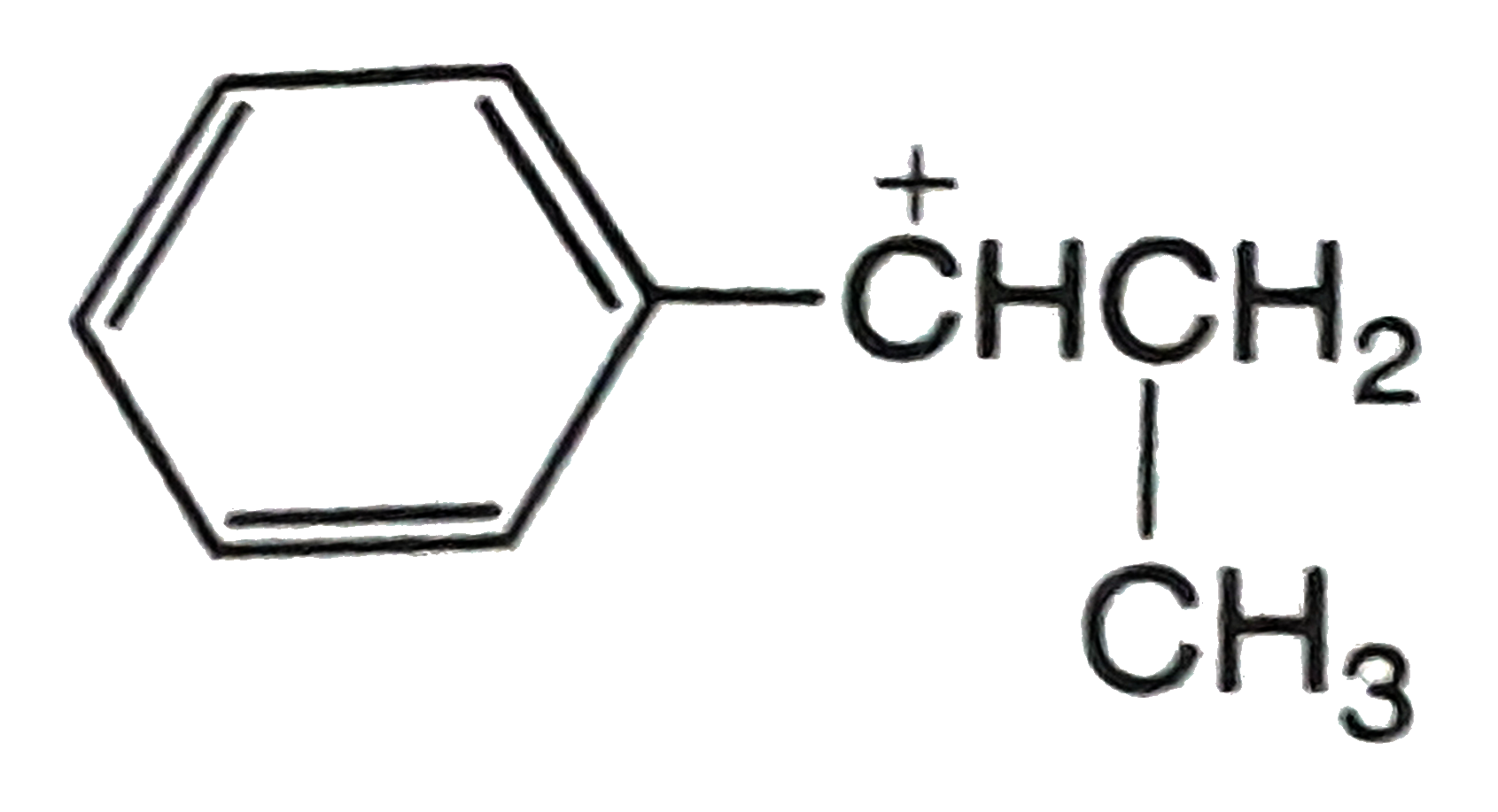 B
B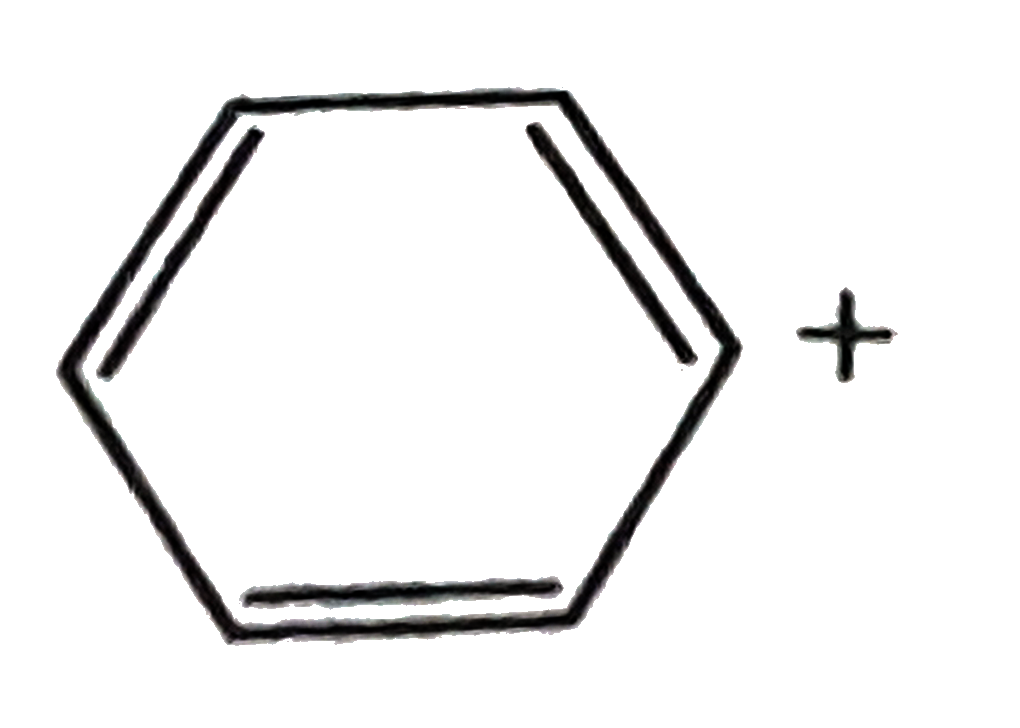 C
C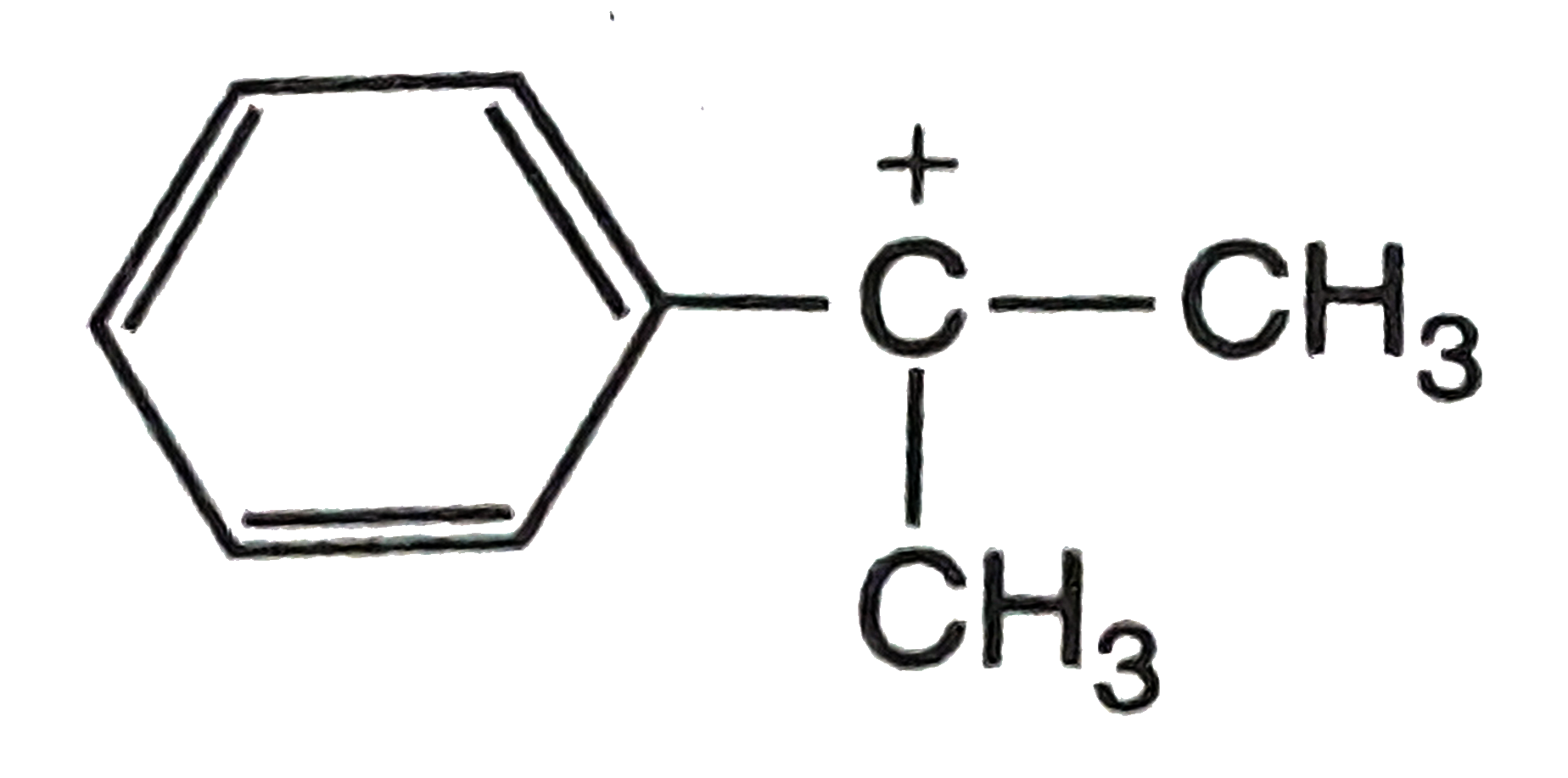 D
D
Which is the most stable carbocation?
A B
B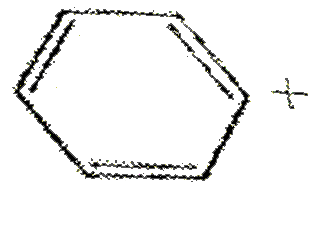 C
C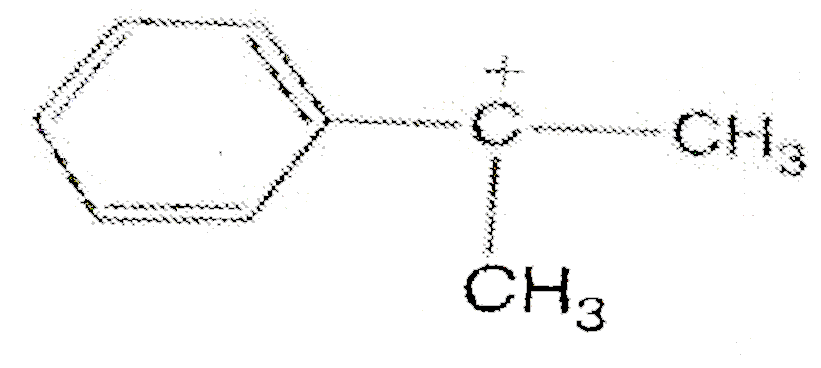 D
D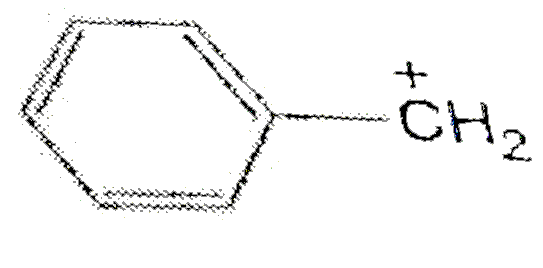
The most stable conformation of 2, 3- dimethyl butane is
A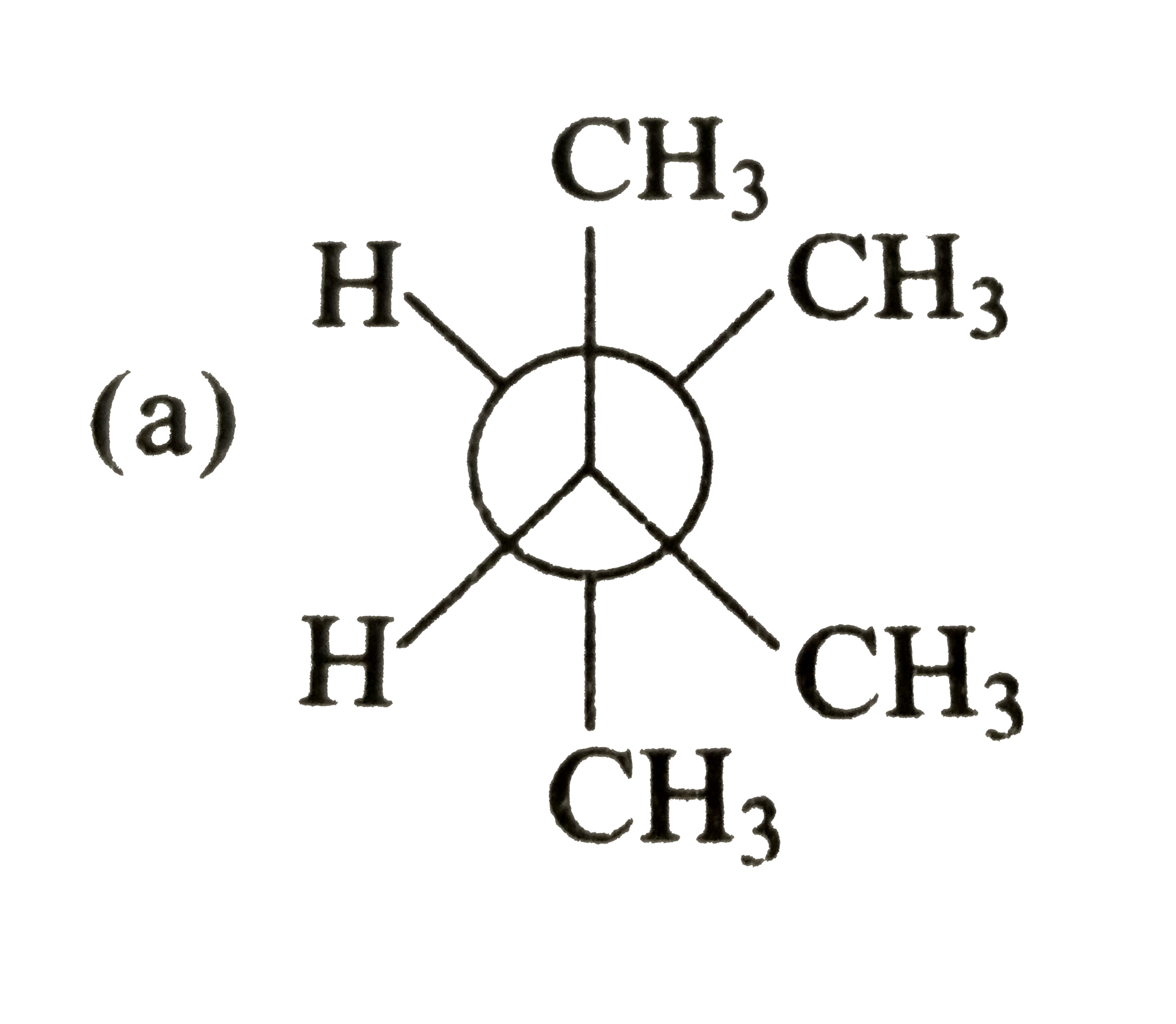 B
B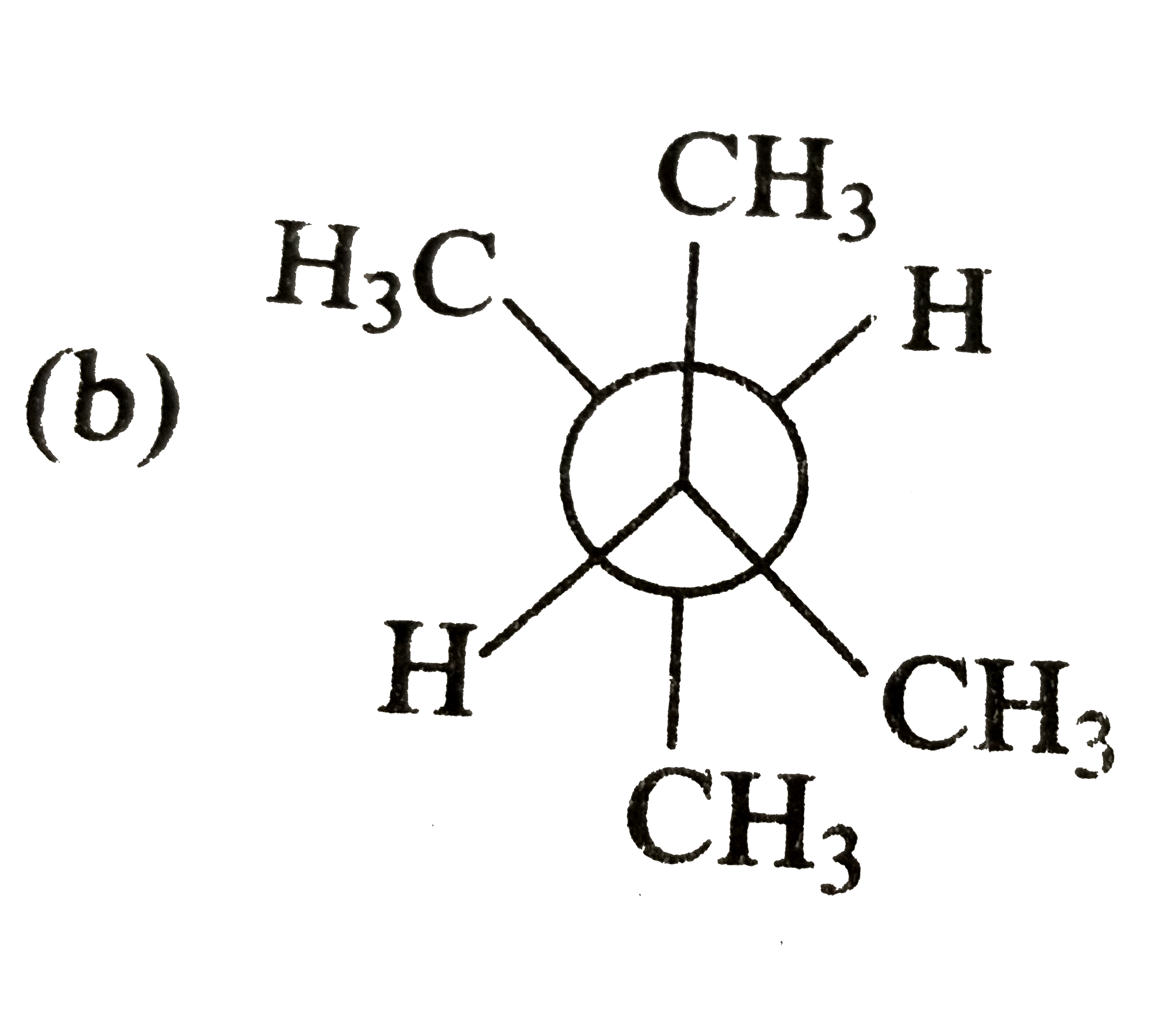 C
C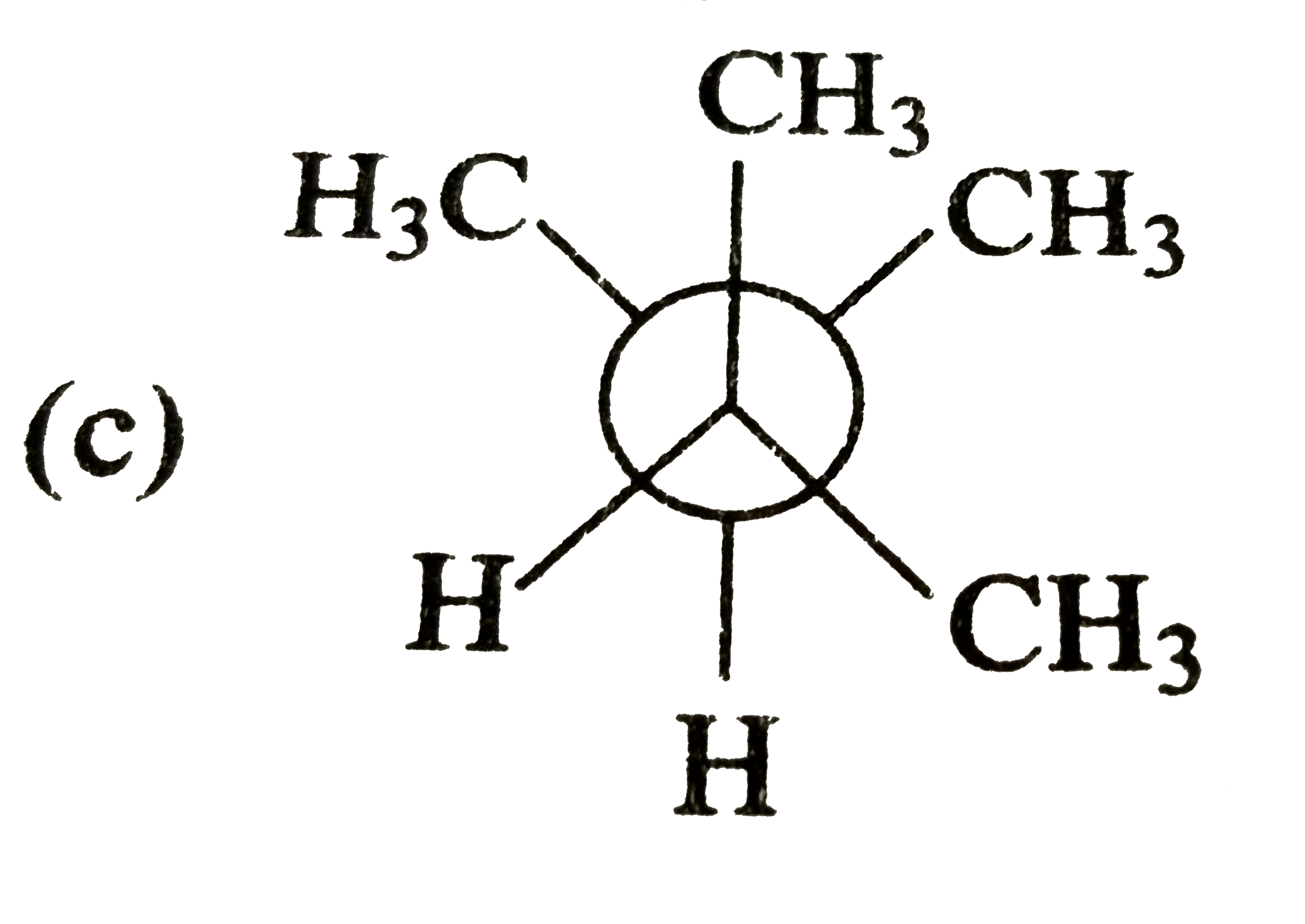 DNono of these
DNono of these
